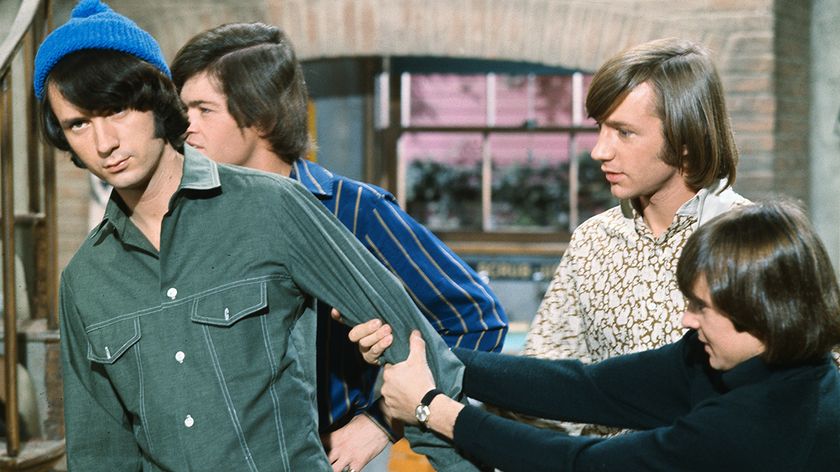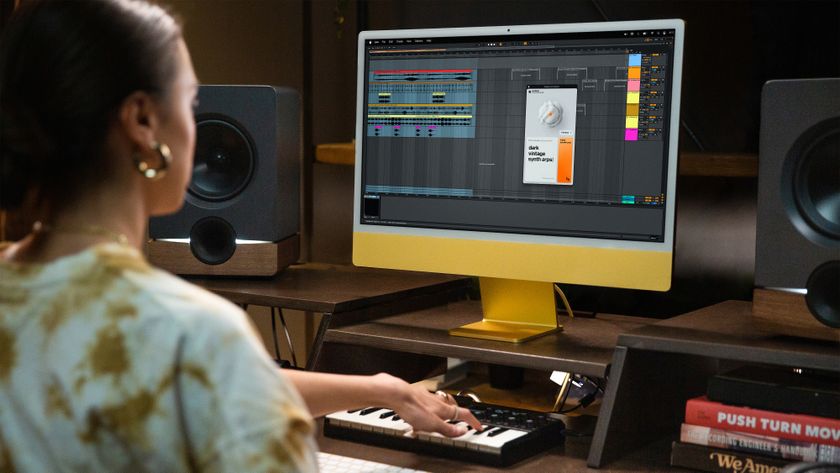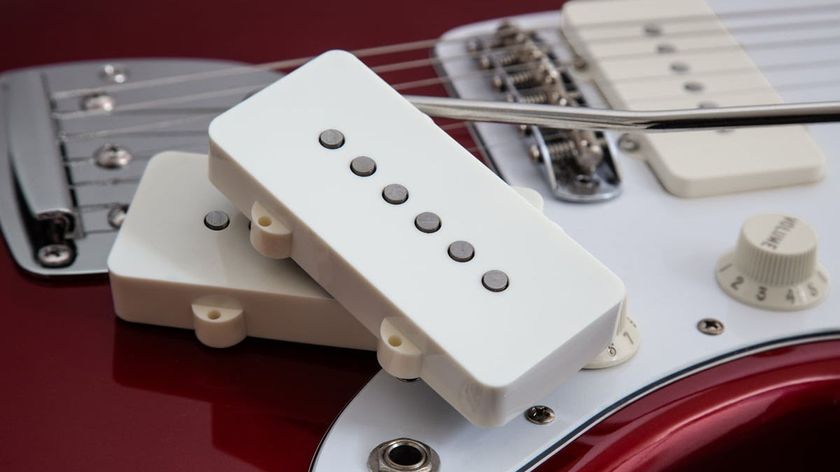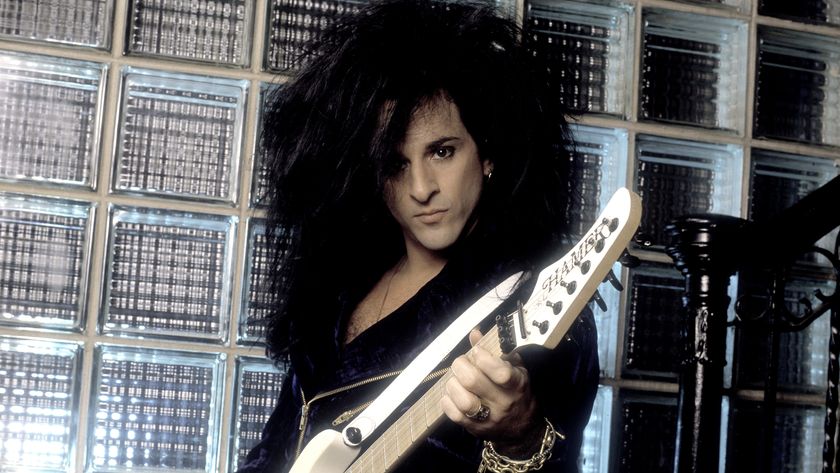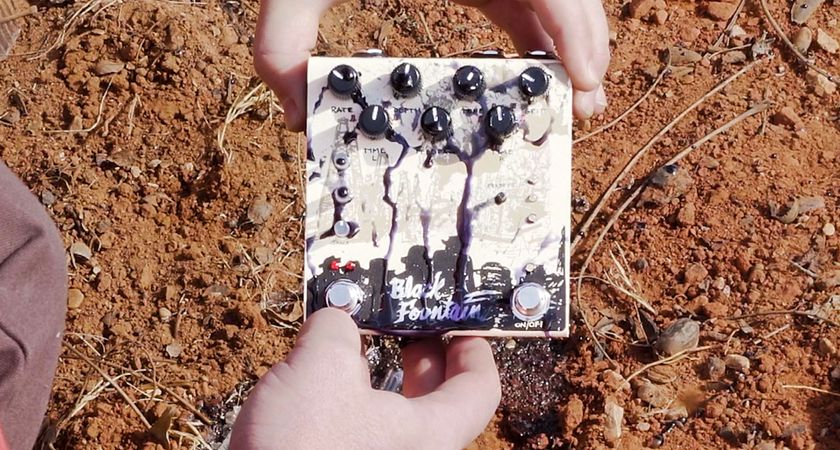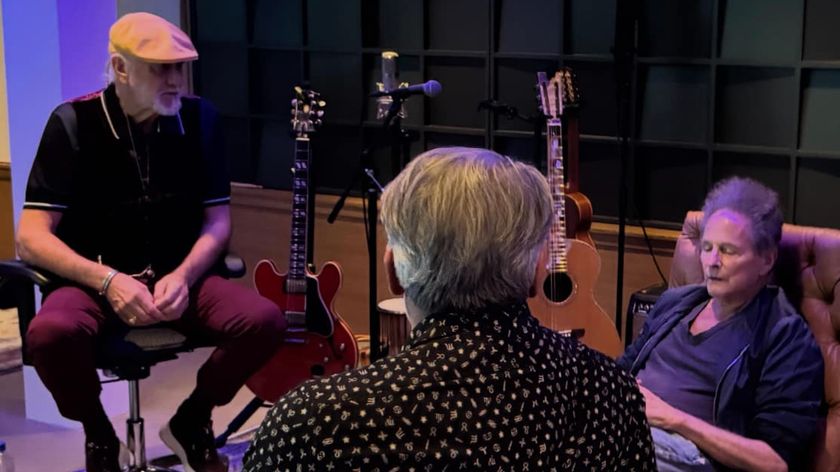Seven altered tunings for acoustic guitar
Includes chord shapes for new songwriting ideas
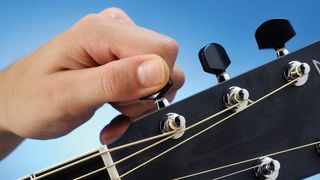
7 altered tunings for acoustic guitar
ACOUSTIC EXPO 2013: There’s so much music to be discovered simply by retuning your acoustic guitar. Here’s a guide to some great open and alternate tunings – some common, others less so – and a handful of chords to get you started with each one, plus some pointers on where to hear it on record.

Drop D
The simple act of lowering the pitch of the sixth string by a tone from E to D is an easy way of adding weight to the bass, while simultaneously freeing up your fretting hand to focus on melodic duties. From metal riffing to country blues, dropped D tuning enables instant one-finger power chords, and your trusty open-D chord now sounds huge!
When tackling an altered tuning, it’s worth finding out things such as where the basic major and minor triads are, and how you might play a I-IV-V chord progression. Try the starter chords we’ve added with each tuning example. Or just throw caution to the wind and jump right in!
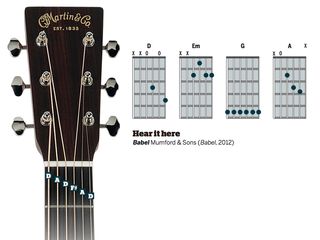
Open D
The Open D tuning (named as such because, when strummed ‘open’, without fingering any notes with the left hand, the resulting chord corresponds to a D major chord) is a widely used tuning in folk and blues styles.
Its open nature makes it a particular favourite with slide guitar players, and the tuning also pushes the guitar’s range closer to that of a piano, for greater expressiveness. Experiment with harmonics in this tuning, barring your finger across the fifth, seventh and 12th fret for some heavenly chordal strums.

Open D minor
Whether you’re a glass-half-full or half-empty kind of person, exploring the world of open tunings can either be a goldmine of inspiration or a minefield of frustration. Trying the common drop D or DADGAD tunings for the first time, players are struck by the realisation that favourite licks sound fresh and new, simply because the notes have moved.
Open D minor tuning – surely the saddest of all tunings – is lesser used than many of the others on this list, but its minor tonality proves very atmospheric – and major chords are a doddle to find, making composition a rewarding experience.
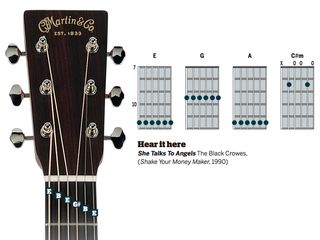
Open E
Open E tuning is essentially Open D tuning, two frets higher, and so licks in one of course translate readily to the other – but it deserves attention in our roundup here because of its appeal to slide guitar players, including three of the greatest of all time in Elmore James, Joe Walsh and Derek Trucks.
As with Open D tuning, barre major chords are readily available all the way up the fretboard. Open E’s increased string tension and the prevalence of songs in the key of E in blues styles makes the tuning a must-try for any would-be bottleneck player.

Open G
Many styles use open G tuning, from the Delta blues to folk and rock. But it has become virtually synonymous with Keith Richards of the Rolling Stones – and for good reason, since its discovery was a songwriting revelation for the legendary guitarist, and many of the band’s biggest hits are played using it, including Gimme Shelter, Brown Sugar and Start Me Up.
Richards removes the sixth string completely, making it easier to strum the five-string major chord. As a one-finger barre is all that’s required to play a major chord, the other fingers are free to create melody notes.
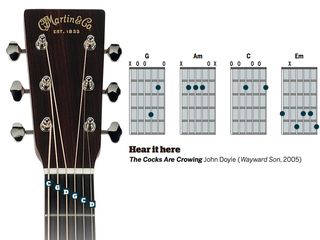
Open Csus2
This is the rich and beautiful open Csus2, comprising CGCGCD, low to high. But for the ease with which DADGAD can be pronounced as a word, we struggle to see why Csus2 tuning can’t share the popularity that its cousin has enjoyed.
It provides excellent scope for playing drone-like strumming accompaniment, open-string runs and deep, resonant bass notes. Some well-known exponents of the tuning include English folk legends Nic Jones and Martin Simpson, and US guitarist Steve Baugham.
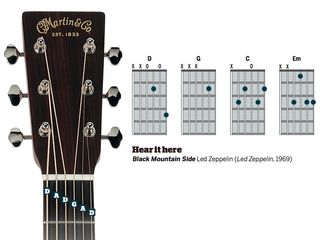
DADGAD
DADGAD tuning is generally regarded as the discovery of the late great English folk guitarist Davey Graham, and is a revelation for many players. While enjoying the distinction of being one of the few tunings you can pronounce, it’s unrivalled in its user-friendliness – all those D and A strings are brimming with drone and melodic potential.
It’s classed as a ‘modal’ tuning, implying that it’s neither major nor minor, allowing easy adaptability to various moods. Experiment: noodling in DADGAD can sound very flattering, and instantly rewarding.
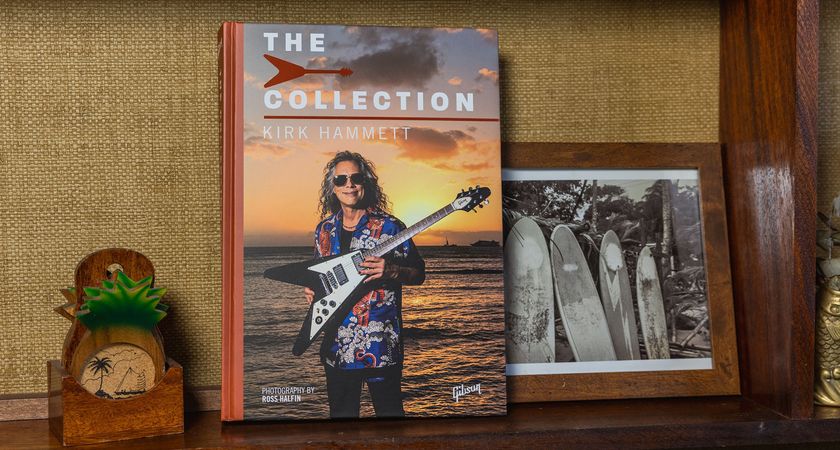
“The deepest-ever dive into the Metallica star’s eclectic guitar collection”: Kirk Hammett and Gibson Publishing team up for epic coffee-table book
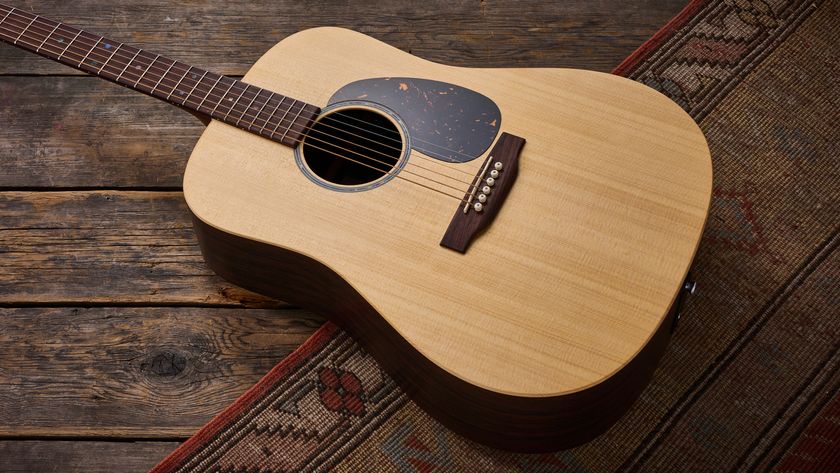
“While it might not be the vintage D-28 of your dreams, this is a Martin you can be proud of”: Martin X Series Remastered D-X2E Brazilian review

“The deepest-ever dive into the Metallica star’s eclectic guitar collection”: Kirk Hammett and Gibson Publishing team up for epic coffee-table book

“While it might not be the vintage D-28 of your dreams, this is a Martin you can be proud of”: Martin X Series Remastered D-X2E Brazilian review

![Justin Hawkins [left] of the Darkness plays an open G on his offset electric and closes his eyes as he performs onstage; soul-reggae icon Johnny Nash [right] frets a chord on his acoustic and wears a patched denim jacket.](https://cdn.mos.cms.futurecdn.net/hWzCjD9ZWQiPPjMtTWiFfa-840-80.jpg)

